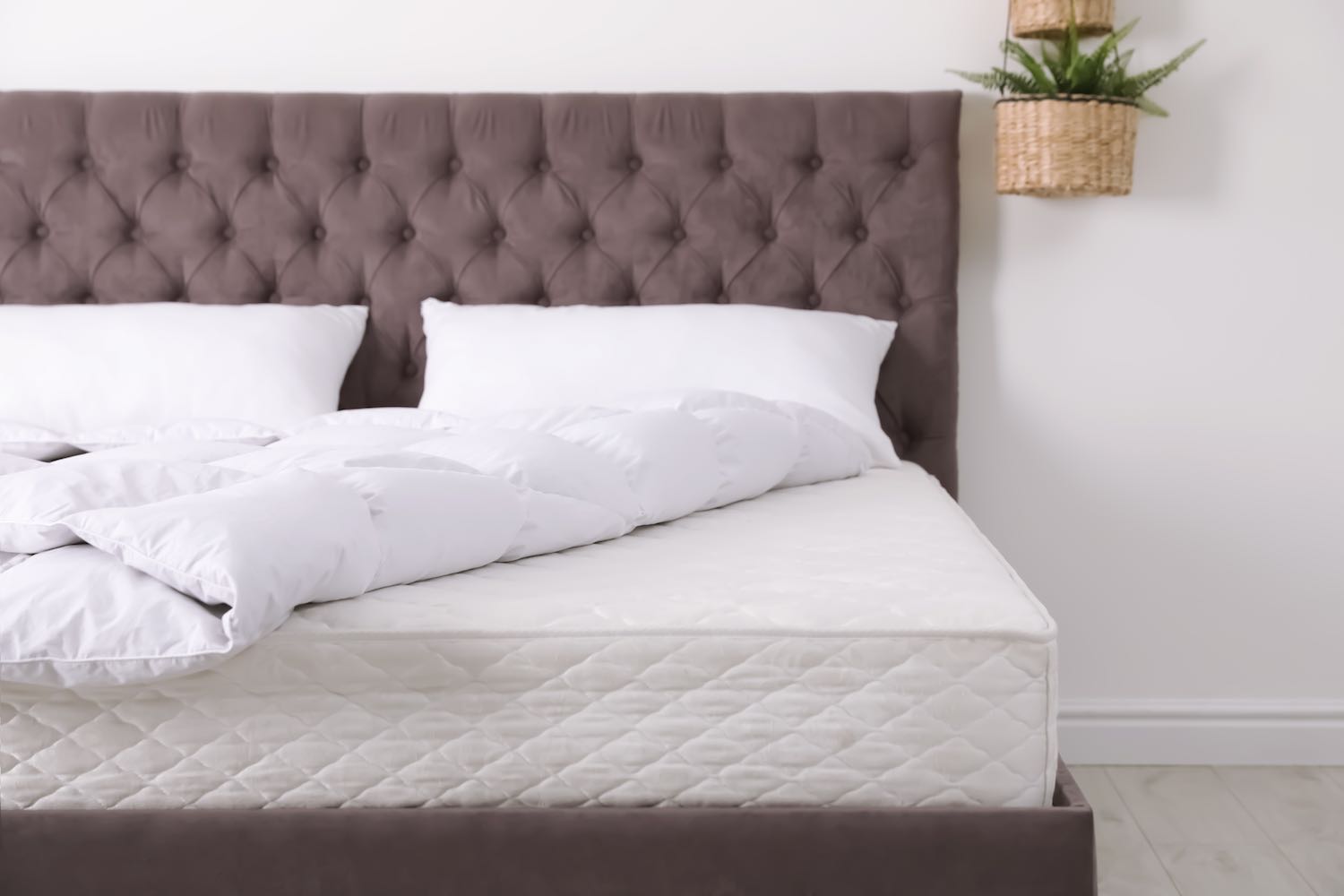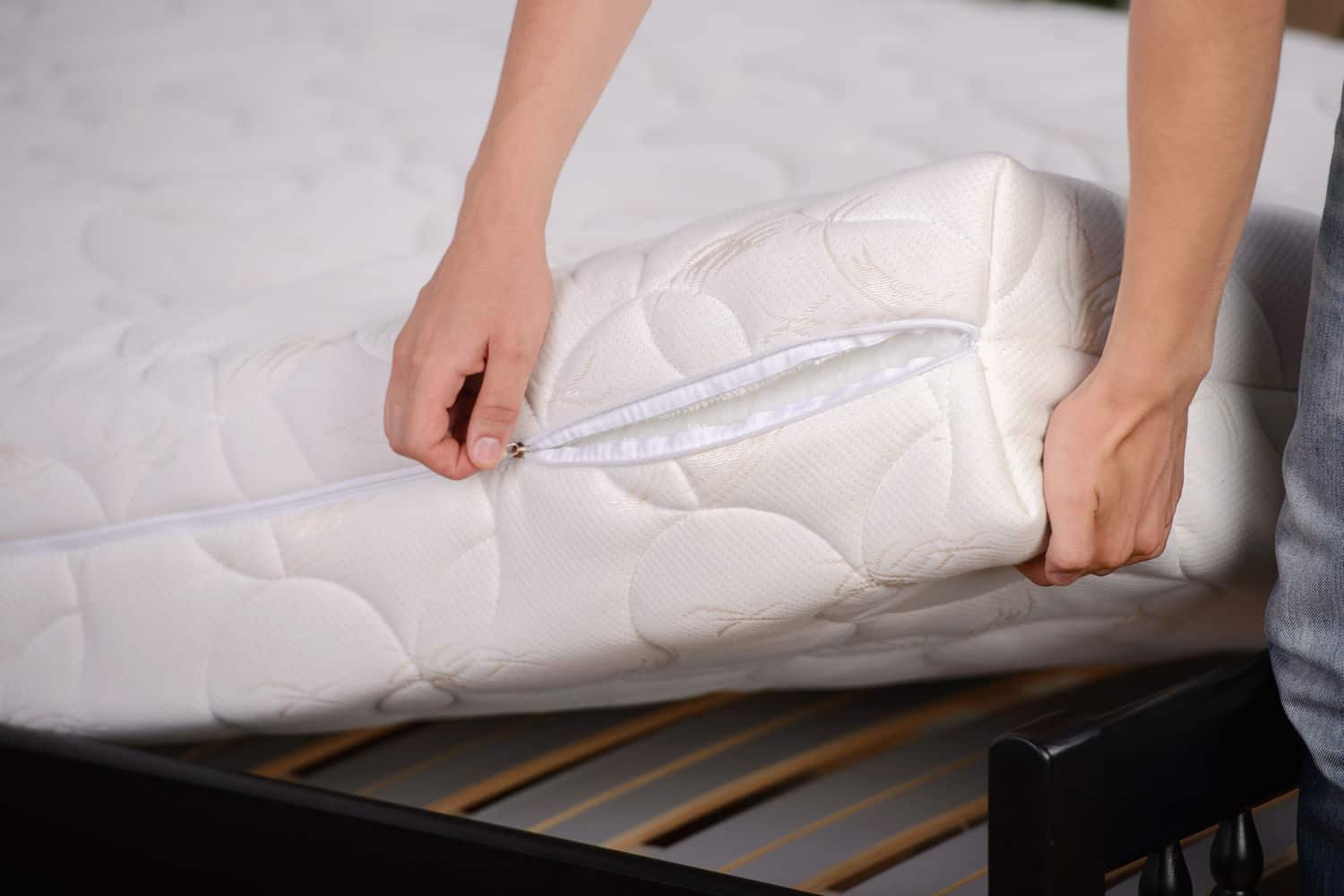The optimal sleeping situation seems to vary from person to person.
Wondering what the users here find ideal as far as mattress type, pillow type, and even sleeping positions. I’ve seen some recommend sleeping on the floor with only a thin blanket or mattress pad for support to benefit posture and sleep quality.
Wondering what the users here find ideal as far as mattress type, pillow type, and even sleeping positions. I’ve seen some recommend sleeping on the floor with only a thin blanket or mattress pad for support to benefit posture and sleep quality.


